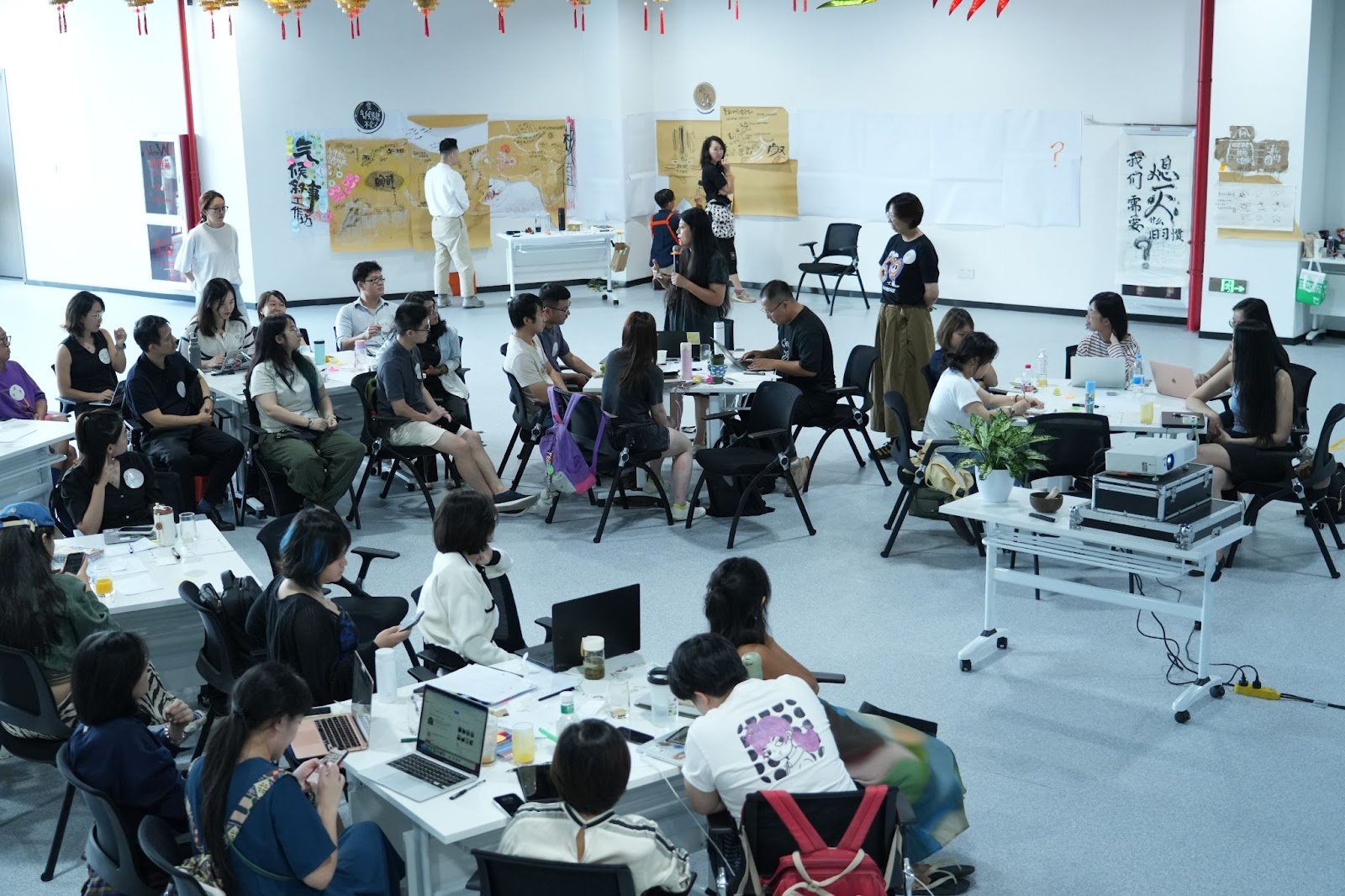If you struggle to keep your chin up on climate change, we don’t blame you. To limit global warming within 1.5°C, climate scientists have urged us to cut carbon emissions in half by 2030. But with world leaders showing no strong will to deal with the issue, it’s not helping.
But we remain hopeful. We know that people like you are standing up against climate change, and the wave of activism and change making is unstoppable. City initiatives, student strikes, communities seeking climate justice, increasing renewable energy demand, and individuals living low-carbon lifestyles, are the growing trends that will move us toward to a green and peaceful future.
1. The rise of cities battling against climate change
Cities are home to over half of the global population and responsible for more than 70% of global greenhouse gas emissions. Over 90% of cities in the world are located in coastal regions, making cities particularly vulnerable to sea level rise and superstorms. For cities to survive, they have a strong responsibility to tackle climate change through smart urban planning, and act as models for operating in a low-carbon future.
C40 Cities,a network of 96 cities committed to addressing climate change, is a good demonstration of city initiatives. There are 27 cities that have achieved zero growth in carbon emissions since 2012 including San Francisco, Toronto, New York, Paris, and Melbourne. Amazingly, the economic growth of these cities has not compromised. By cutting down fossil fuels, incentifying public transportation, increasing energy efficiency in various departments, and having effective waste reduction and recycling, they have sustained an average of 3% yearly growth, and a population growth of 1.4%.
2. School strikes for climate change
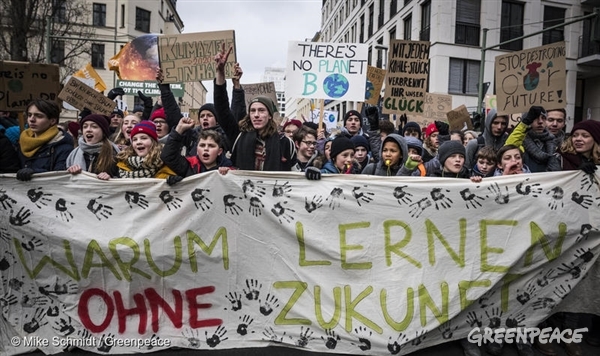
Since climate superstar Greta Thunberg from Sweden starting striking from school for climate change, she has truly kicked off a butterfly effect for students around the world to follow. Students in Australia, Belgium, Switzerland, Germany, Netherlands, France, UK and many more countries have stood up and are urging their governments to take action on climate change. This movement is unstoppable. On March 15, 2019, there will be a collective global action in these cities that span across Europe, Americas, Africa, Asia, and Australia.
3. Climate justice is holding big polluters accountable
A growing number of communities are taking legal action: to hold governments and fossil fuel companies to account and secure their rights to a stable climate and healthy environment. From communities in the Philippines, Vanuatu, New York City, Norwegian youths, andSwiss senior women, they have all filed lawsuits to seek climate justice.
In Norway, Nature and Youth have been suing the Norwegian government for allowing Arctic drilling. In Switzerland, a group of over 1,000 senior Swiss women are arguing that Switzerland’s greenhouse gas emissions violate their rights to life protected in the Swiss constitution.
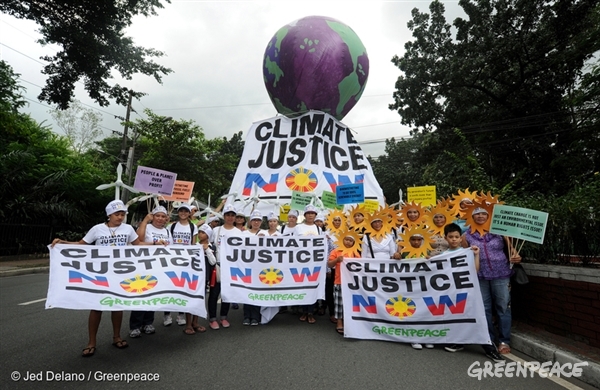
In the Philippines, communities are suing the largest companies producing crude oil, natural gas, coal, and cement to be accountable for global GHG emissions and climate change.
We are seeing inspiring winning cases. In Colombia, a group of 25 children and youth sued the Colombian government for failing to protect their rights to life and a healthy environment. In April 2018 the youths won the case, the Supreme Court of Justice ordered the protection of the Colombian Amazon from deforestation.
4. The growing trend in renewable energy
According to a study by Stanford University, we can embrace 100% renewables in 20-40 years. But is this it’s really possible? The answer is YES. Iceland is the first country in the world to realize this vision, with 87% hydraulic power and 13% geothermal energy. Costa Rica has 99% of its electricity from a combination of hydraulic, geothermal and wind power.
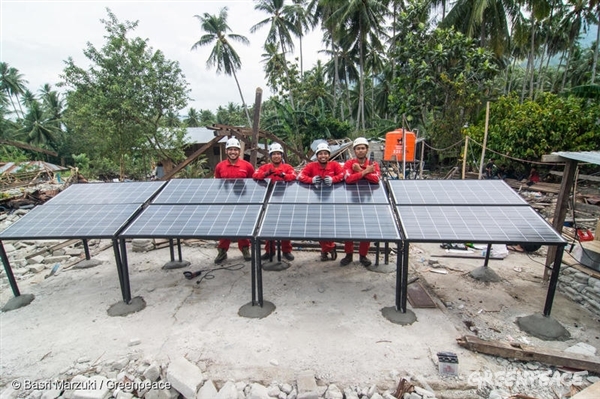
In many countries the challenge to embrace renewables is often because of policy and insufficient incentives. But you can start by paying attention to energy policies, regulations, and advocate for transformation changes in our governments and corporates!
5. Low-carbon lifestyle, you lead the way!
From eating less meat, conscious consumption, saving energy, and green transportation, there are many ways we can start living a low-carbon lifestyle.
- The less meat movement: To eat less meat doesn’t mean sacrificing your taste buds to save the planet. It’s about rediscovering the possibilities of food, and a new perspective on eating well, living well. Vegan rolls, chickpea pancakes, spicy braised tofu with turnip…yum! Check out our tasty plant-rich recipes created by renowned chefs from around the world. One veggie dish a day keeps the planet’s doomsday away!
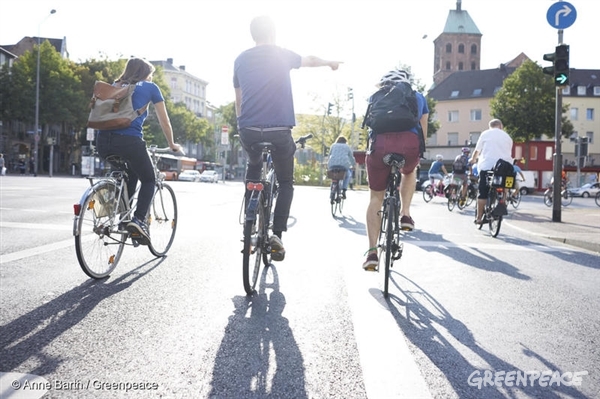
- Transport: Flying is a high carbon footprint means of transportation. If you can take the train or bus, reducing flights is a great way to cut down carbon emissions. On a daily basis, try biking or taking the bus as your commute Some cities have made carpooling, bike-sharing possible. If your city is slow on green transport infrastructure, you have the right to demand it!
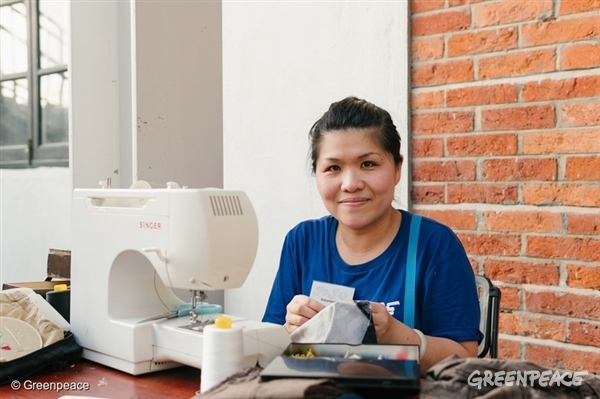
- Buy less, choose well and make it last. Making clothes and garments consumes a lot of energy and water. That’s why a new movement of repairing and second-hand exchange is growing. Have you gone to a flea market, clothing swap party or tried repairing your own clothes?
- Home: Installing solar power panels using energy-efficient LED light bulbs, hanging our clothes to dry rather than using the dryer are all practical and easy tips to be energy efficient. When you go on longer trips, make sure to switch off your WIFI router, or other devices!
- At work: Switch to “sleep” when not using your laptop. Try video conference meetings rather than face-to-face, and aim for paperless everything! Don’t forget to also demand cloud centers to be powered by renewable energy. Lastly, we know it’s hot in summer, but a combination of fans and keeping AC to 25℃ can save up the energy!
These are our reasons for hope on climate. What are yours? Share with us!
Kelly Huang is the Engagement Coordinator of Greenpeace East Asia based in Hong Kong

